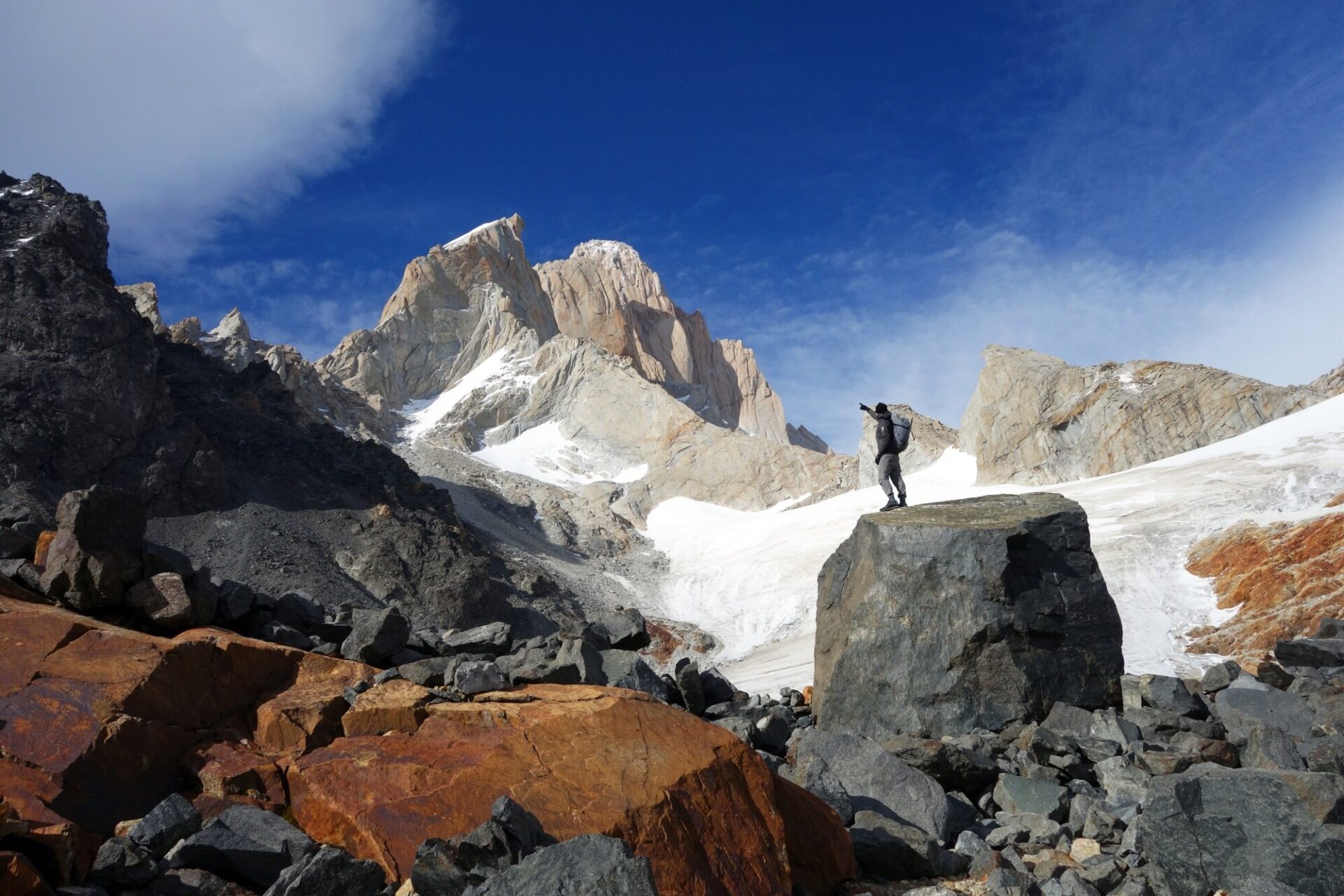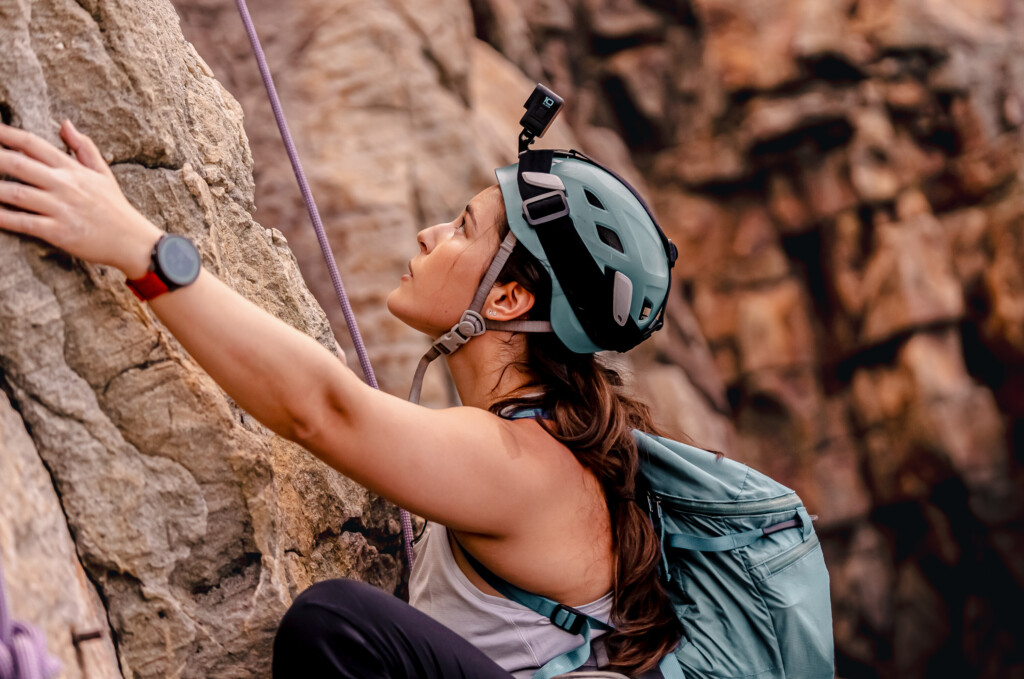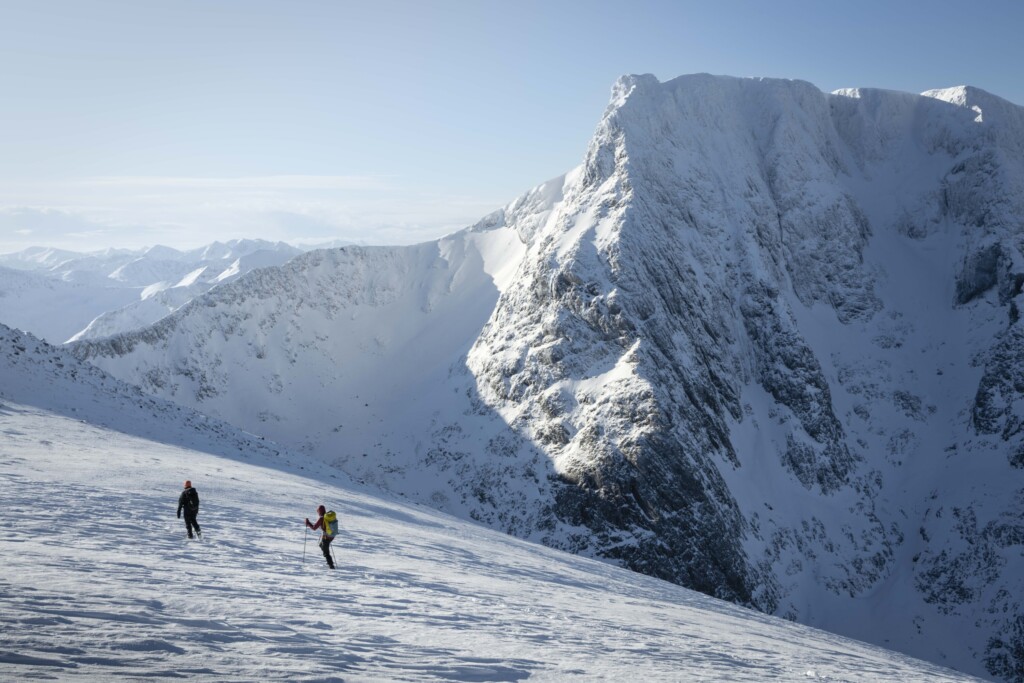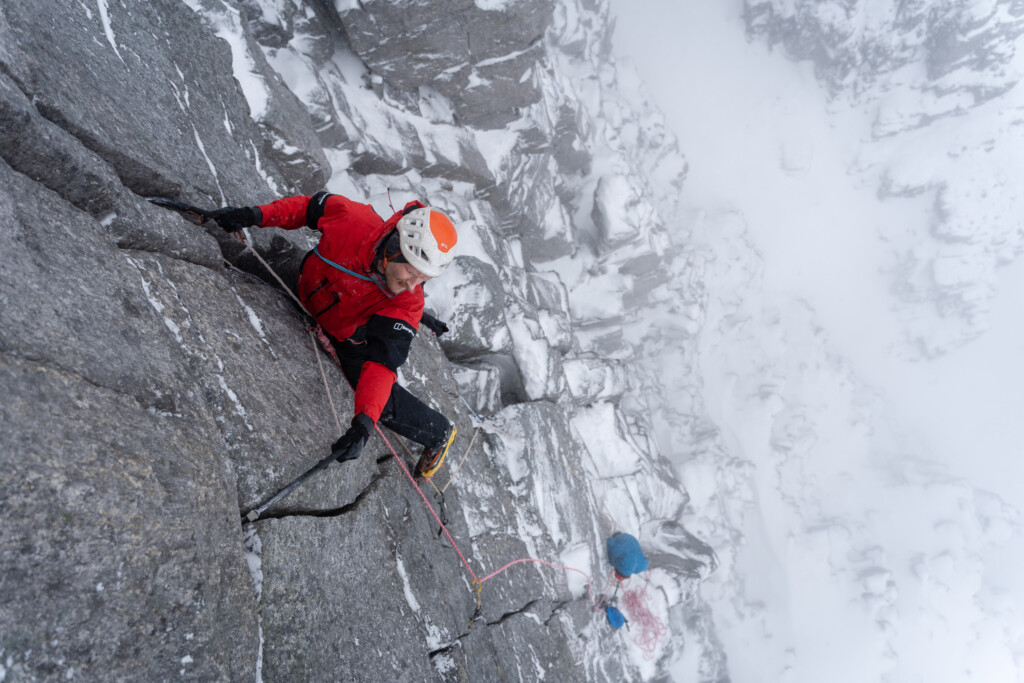The beautiful thing about an expedition is that each adventure is as unique as every person on it. No two adventures are the same, even if they were to be in the exact same place, at the same time of year and with the same people, they would still be different. I think this is what makes expeditions and adventure travel so exciting and always leaves me wanting more. Being able to look after others as an expedition doctor is only possible if I can look after myself. This often means I need a comprehensive medical kit to treat the full range of illnesses and injuries that may occur. Easier said than done? Yes. If each expedition is unique, then so are the potential medical issues you’re going to face. So how do you create a medical kit for a trip in a remote region, cut off from all medical infrastructure and supplies, and when you can’t be sure what’s going to happen?

Looking up towards Cerro Fitz Roy from the Piedras Negras advance basecamp, high in the El Chalten massif in Argentine Patagonia. Expeditions in high altitude regions and cold environments require specific medical items, as do expeditions in jungles and tropical regions. © David Pickford
First, you should consider the length of your expedition. The duration of your trip or time to a medical facility is going to dictate the quantity of each medical supply you’re going to need. Going to be a maximum of two days away from a re-supply point? Then there’s no need to carry hundreds of tablets if you can only have a maximum eight in a day. The same goes for bandages and dressings.
Second, you should consider the number of expedition members. Try to spread group medical supplies amongst the members to spread the weight. Also, consider the group number when deciding on quantities of medical supplies.
Third, you should consider the experience of expedition members. Taking intravenous drugs to help with emergency situations can have a significant benefit, but only if you have an expedition member that’s confident and competent to use them. The same goes for bandages and splints – don’t carry them if you’re not going to use them.
Third, it’s important to tune your medical kit to the requirements of the specific expedition. One of the most useful ways to construct a medical bag is to think about the environment(s) you will be in. Extreme environments each have their own challenges but, if you pack the right kit, then you can make the adventure that bit more safe and enjoyable. There are certain items of kit that make it into my bag no matter what scenario I’m about to face. Years of expeditions in a wide range of environments have proved that the items listed here are always useful to have at hand
Good hygine, physical fitness, preparation and teamwork means a trip can run smoothly without the medical bag ever being opened
Medical Kit for All Expeditions
Bandages & slings
A versatile bandage and sling is excellent at providing pain relief and can help aid with the healing of an injured limb or joint. The idea of both is that it provides stability and immobility to encourage healing.
Dressings & plasters
On an expedition, an infection of any kind can scupper your chances of achieving your goal and leave the person feeling very unwell. Make sure you cover any breaks in the skin with a dressing after giving it a good clean.
Blister plasters
Your feet are likely going to be vital on your expedition and keeping them healthy is critical. Ensuring you wash your feet every day will help, while blister plasters can be perfect for placing over hot spots. Make sure your boots are well worn to try and stop this happening in the first place.
Women’s hygiene
Expedition-related stress can play havoc with a woman’s menstrual cycle and menstrual bleeding can happen at any time. Make sure you have some products just in case or consider speaking to your GP about short term hormonal contraceptives to delay your period until after the expedition.
Antibiotics
Consider taking 1-2 courses of oral antibiotics with you on a trip to cover common infections in the chest, skin, and stomach. What you take will largely depend on the geographical location and needs to take in to account any allergies you or the team may have; take advice before travelling.
Painkillers
Multiday expeditions are likely to take its toll on the feet and joints, and it’s a good idea to have a variety of pain killers to hand. Paracetamol is suitable for dull aches and pains, while codeine can be very useful for more severe pain. Ibuprofen has useful anti-inflammatory properties.
Sterile water
Cleaning a wound is only as good as the water you are cleaning it with. Try to use fresh running water or even better carry some sachets sterile water with you.
Sutures/steri-strips
Sutures (if somebody knows how to use them) or alternatively steri-strips are great for keeping those small wounds closed, allowing them to heal. Just make sure all cuts are thoroughly cleaned before using them.
Scissors
Cooking, shelter buildings, repairs, and first aid: good scissors can be used for many things on an expedition.
Tape
Like scissors, tape is perfect for multipurpose use. From repairing a tent, to putting the finishing touches to a bandage, or even taping feet to prevent blisters.
Diarrhoea relief
There’s almost nothing worse than starting with diarrhoea in the hours before summit night – trust me. Anti-diarrhoea tablets such as Immodium could be the differencing between succeeding or staying at base camp.
Laxatives
Altitude and a change in diet can play havoc with your bowels one way or another. Days of not being able to go to the toilet can leave you feeling bloated, uncomfortable and can affect your sleep. Laxatives sort this out.
Anti-sickness
It might be something you’ve eaten or simply the effects of altitude: nausea and vomiting can be debilitating. At best it is uncomfortable, and at worse can leave you severely dehydrated. There are some great anti-sickness medications available that work by dissolving on your gums.
SPF Sun screen
Surnburn can cause serious problems on an expedition. Ensure you have enough SPF 30+ (ideally SPF 50) to prevent UVB damage.
Electrolytes & rehydration sachets
When in hot environments or working hard we sweat out both water and a whole variety of salts and electrolytes. Therefore it isn’t sufficient enough to replace this fluid by merely drinking water. Electrolyte sachets can replace what’s lost from sweating, vomiting or diarrhoea, keeping our salt and mineral levels stable.
Water sterilisation tablets
If your drinking water is not safe and clean, then you’re going to end up in a much worse position, potentially putting your expedition (and life) at risk. Make sure to treat all water adequately, and take your water from a fast running water source.
Kit for High Altitude & Cold Regions
Oxygen
At altitude, the partial pressure of oxygen decreases, meaning there is less oxygen in a given area to breathe. Hypoxia (lack of oxygen) occurs at altitude and can cause fatigue, confusion and drowsiness. Supplemental oxygen can temporarily improve these symptoms until you get to a lower altitude.
Diamox (Acetazolamide)
This prescription medication makes our blood slightly more acidic. To compensate, we then subconsciously breathe a bit quicker, and this increase in our respiration rate allows us to adapt to altitude faster and with fewer side effects, it’s a crucial item for any high altitude trip.
Nifedipine
Another prescription medication, Nifedipine is used to treat high altitude pulmonary oedema (fluid on the lungs). This allows breathing and oxygenation to be more effective, and gives critical time to descend safely to get full medical treatment.
Dexamethasone
This type of steroid is used to treat High Altitude Cerebral Oedema (swelling of the brain). The symptoms occur on a spectrum from a simple headache to coma and even death. If symptoms occur, the essential treatment is to descend to a lower altitude where the problem resolves.
Low-temperature oxygen saturation probe
Oxygen finger probes can give falsely low readings in cold and high altitude. A specialist low-temperature probe will provide more accurate readings and will allow you to monitor sick climbers closely. You can always compare oxygen level readings (SpO2) to healthy individuals in the group.
Thermal blanket or survival bag
Without taking into account the changing weather, temperature drops approximately 6.5ºC for every 1000m of altitude gain. As soon as the sun sets, even in the desert, temperatures plummet. In an emergency, a thermal foil blanket could keep you warm and save your life. A recent development of this technology is the lightweight thermal survival bag, which is even more effective as it traps more heat than a blanket.
Jungle & Tropical Environments
Mosquito repellent
A DEET based repellent can keep those pesky mosquitoes and insects away, limiting the amount of scratching and infectious disease. Repellent, combined with being covered head-to-toe, is a great way to keep those bugs at bay.
Malaria medication
Contracting malaria is not nice. On any expedition to a region where malaria is present, don’t forget suitable medication: your doctor can advise the best type to take depending on where you’re going.
Further Points to Consider
Prevention is always better than a cure. Many conditions in extreme environments can be prevented before they occur through proper hygiene, risk analysis and teamwork. Hand hygiene is key on all expeditions to maintain health of the group _ use alcohol gel to clean your hands regularly. Some of the medications listed here are prescription-only, so speak to your GP or expedition provider beforehand.
Similarly ‘prevention is better than cure’ is certainly the case when it comes to vaccinations. Many vaccinations need more than one visit to a clinic and can take up to 8 weeks apart, so make sure you leave plenty of time to get the full course. You can find what vaccinations you need for a specific area at fitfortravel.nhs.uk/destinations.
Think about what you want from your first aid kit and what you’re comfortable using. There’s no point taking intravenous drugs if no one is able to give them. Pre-pack your first aid kit in advance to ensure everything fits (and don’t forget about expiration dates). Don’t let a preventable illness ruin your expedition. Good hygiene, physical fitness, preparation and teamwork means a trip can run smoothly without the medical kit ever being opened.
Don’t miss a single adventure
Sign up to our free newsletter and get a weekly BASE hit to your inbox
You might also like

Photo Essay • BASE editorial team • Mar 18, 2024
Hunting happiness through adventure in Taiwan
BASE teams up with adventurer Sofia Jin to explore the best of Taiwan's underrated adventure scene.

Story • BASE editorial team • Nov 21, 2023
Five Epic UK Climbs You Should Try This Winter
Craving a snowy mountain adventure? Inspired by the Garmin Instinct 2 watch (into which you can directly plan these routes), we've compiled a list of five of the best for winter 2023-24!


Video • BASE editorial team • Jul 21, 2023
Merging Two Lives: The Personal Journey of Hamish Frost
The challenges and triumphs of embracing sexuality in the outdoors
